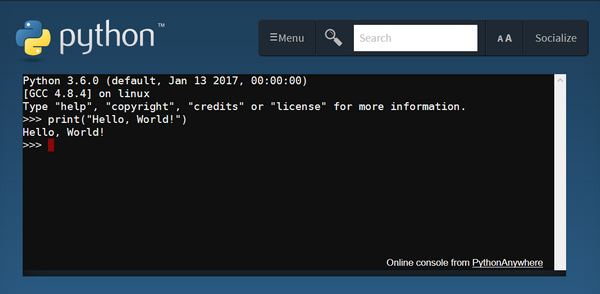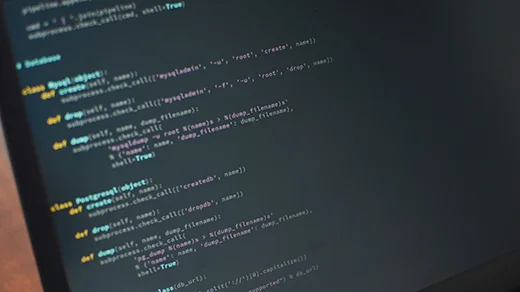
- #Using python in linux bash how to#
- #Using python in linux bash code#
- #Using python in linux bash free#
There are also other useful libraries that support shell commands in Python, like plumbum, sh, psutils and pexpect.The rich ecosystem of Python modules lets you get to work quicker and integrate your systems more effectively.
#Using python in linux bash free#
If you have any questions, feel free to leave them in the comments below. For a short and quick script you might just want to use the os.system() or os.popen() functions. Most notably, you should consider using n. The most effective way is to use the subprocess module with all the functionality it offers.
#Using python in linux bash how to#
You have seen now how to run external commands in Python. After you are finished writing to the stdin, you need to close the connection. In this case you need to set the bufsize=0 in order to have unbuffered output. Here you can see how to write input to the process.

PIPE, universal_newlines = True, bufsize = 0 ) # Send ssh commands to stdin If you are unsure how to tokenize the arguments from the command, you can use the shlex.split() function: For more information on the functionionality of subprocess.Popen, have a look at the documentation.Īlso note, that you won’t need quotations for arguments with spaces in between like '\"More output\"'. Conversely, when you use (), it reads all lines and it also waits for the process to finish if it has not finished yet. To get the output, you can use () to read a single line. It will return None while the process is still running.
#Using python in linux bash code#
poll() function to check the return code of the process. This means that you won’t be able to pipe commands: In contrast to the previous functions, this class executes only a single command with arguments as a list. The subprocess.Popen() class is responsible for the creation and management of the executed process. The main function you want to keep in mind if you use Python >= 3.5 is n(), but before we get there let’s go through the functionality of the subprocess module. See the Replacing Older Functions with the subprocess Module section in the subprocess documentation for some helpful recipes. The subprocess module provides more powerful facilities for spawning new processes and retrieving their results using that module is preferable to using this function. The final approach is also the most versatile approach and the recommended module to run external commands in Python:

To remove those characters only in the beginning use. strip() function like with output.strip(). To remove them (including blank spaces and tabs in the beginning and end) you can use the. In this example and in the following examples, you will see that you always have trailing line breaks in the output. To delve deeper into this function, have a look at the documentation. It is also possible to write to the stream by using the mode='w' argument.

readlines() function, which splits each line (including a trailing \n). read() function, you will get the whole output as one string.


 0 kommentar(er)
0 kommentar(er)
